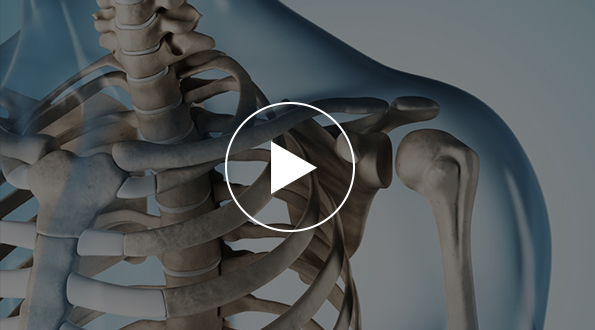
Smooth cartilage covers the ends of the bones. It enables the bones to glide easily in the joint. Without it, bones rub against each other, causing friction and damage to the bones and the joint. Osteoarthritis occurs when the cartilage begins to wear away. The joint at the base of the thumb, near the wrist and at the fleshy part of the thumb, enables the thumb to swivel, pivot, and pinch so that you can grip things in your hand.
Arthritis at the base of the thumb is the most common place for arthritis in the hand and can be very disabling. The thumb is a small but strong structure that is essential in performing tasks such as turning doorknobs or opening jars. Most movements of the thumb involve the joint connecting the wrist and the base of the thumb, known as the carpometacarpal (CMC) joint. Arthritis of the base of the thumb is more common in women than in men, and usually occurs after 40 years of age. Prior fractures or other injuries to the joint may increase the likelihood of developing this condition.
Arthritis causes pain in the base of the thumb when gripping, grasping or pinching an object. Some people may also experience pain during sleep or while the thumb is not in use. Other common signs of thumb arthritis include:
- Swelling and tenderness at the base of the thumb
- Stiffness with loss of thumb movement
- An aching discomfort after prolonged use
- Pain with activities that involve gripping or pinching, such as turning a key, opening a door, or snapping your fingers
- An enlarged, “out-of-joint” appearance
- Development of a bony prominence or bump over the joint
- Loss of strength in gripping or pinching activities
In its early stages, arthritis at the base of the thumb will respond to nonsurgical treatment. Non-surgical treatment options for thumb arthritis include the use of oral medications such as an NSAID (Non-Steroidal anti-inflammatory) or the injection of corticosteroid into the CMC joint. These injections can provide relief for several months or more and allow the patient to resume normal activities. Hand therapy for range-of-motion and stretching exercises are prescribed to improve your thumb motion. Strengthening exercises for the arm and hand help steady the hand and protect the thumb joint from shock and stress. Strengthening improves joint stability and prevents deformity and/or dislocation. Your Certified Hand Therapist will go over tips on how you can get your tasks done with less strain on the joint.
Surgery can be performed on an outpatient basis under general anesthesia with the patient going home the same day. The reconstruction of the thumb’s basal joint is a procedure which requires removal of the diseased bone and substituting a tendon in its place. The trapezium is removed during the surgery and a tendon replacement cushion is placed in its spot. The ligament stabilizing the joint is reconstructed to keep the remaining bones well aligned. This helps hold the thumb in place and keeps the space between the bones from collapsing. This surgery can be combined with other hand procedures such as carpal tunnel release or trigger finger release if the patient also has one of those conditions.
The thumb and wrist are protected in a splint or removable cast after surgery for a total of 4 weeks. Hand therapy is started to help with increasing range of motion, getting strength back, and to regain function. You may feel some discomfort during the initial stages of the rehabilitation program, but this will diminish over time. Full recovery from surgery takes several months. Most patients are able to resume normal activities. The length of the Hand therapy is three months and then you are on a home exercise program. It may take a year or more to get all your grip strength back but you should able to do most or all activities of daily living by three to four months.

